Modifying DNA strands with lipid-like molecules opens more possibilities for designing DNA structures for drug delivery and other purposes.
Adding more chemical interactions to DNA nanotechnology
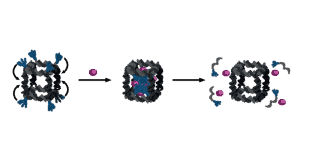

Modifying DNA strands with lipid-like molecules opens more possibilities for designing DNA structures for drug delivery and other purposes.
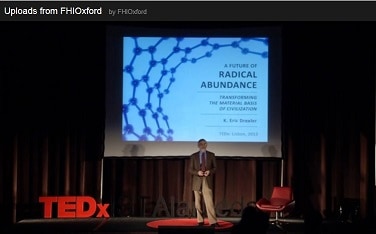
Eric Drexler’s TEDx talk entitled “A Future of Radical Abundance: Transforming the Material Basis of Civilization” is available for viewing on Youtube as well as on Drexler’s blog site. As described by the Oxford Martin School, where Drexler is a scholar with the Programme on the Impacts of Future Technology: Dr. Eric Drexler’s talk from… Continue reading TEDx talk: "Transforming the Material Basis of Civilization"

A major advance in the computational design of proteins that bind tightly to specific small molecules will facilitate several technologies, possibly including the development of atomically precise manufacturing.
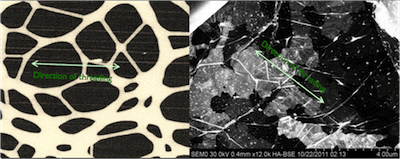
“Molecular threading”, a nanotechnology developed by Halcyon Molecular and now owned by Aeon Biowares, enables precise placement of individual long molecules of DNA, either for sequencing or for nanofabrication of novel DNA nanostructures.
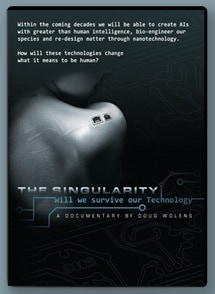
Doug Wolens’s documentary “THE SINGULARITY: Will we survive our technology” premieres at San Francisco’s Castro Theatre September 16, 2013.
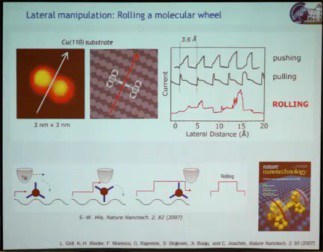
At the 2013 Conference the winner of the 2011 Feynman Prize for Experimental work presents STM studies showing how the manipulation of single molecules on a surface can yield insights to their mechanical, electronic, and optical properties, and be used in a controlled way to build pre-defined molecular architectures.
The Conference to be held February 7-9, 2014 in Palo Alto, California will emphasize the integration of nano-engineered devices and materials into larger, more complex systems.
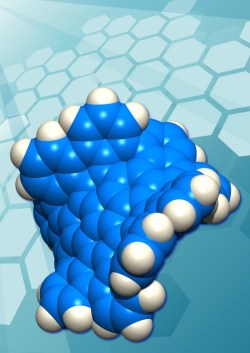
Graphene molecules a bit more than one nanometer across and greatly distorted from planarity have altered properties and offer novel building blocks for nanotechnology.
A limited set of videos from the January 2013 Foresight Conference have been made available. John Randall started the Conference presentations describing the patterned silicon Atomic Layer Epitaxy (ALE) approach to atomically precise manufacturing.
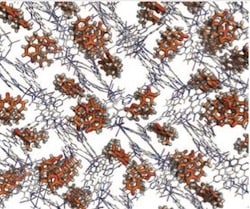
A porous metal-organic framework ‘host’ soaks up molecular ‘guests’ to form a crystalline complex, the structure of which can be determined by X-ray crystallography, providing atomic-resolution structures of minute amounts of guest molecules, and perhaps eventually other nanostructures.